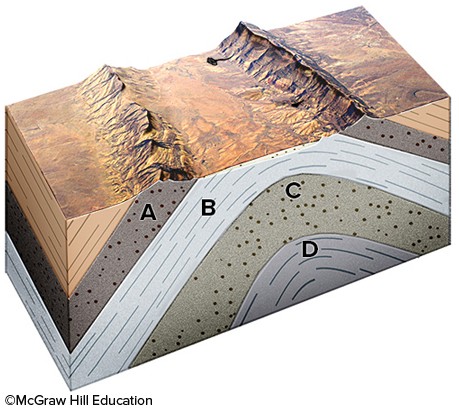Discuss four of the findings that urban ecologists have described from their intensive analysis of Baltimore and Phoenix
What will be an ideal response?
Using old maps, aerial photos, and remote sensing satellite data, urban ecologists have discovered:
1. In Baltimore, the amount of forest has remained the same for the past 100 years, but development has fragmented the forest into smaller patches.
2. In Baltimore, studies revealed that soil compaction and rooftop drainage results in poor infiltration into soils and rapid runoff into streams. The rapid flow cuts streambeds deeply into soils while at the same time leaving the soil drier. This has resulted in wetlands-adapted plants being replaced by more dry-adapted species.
3. In Baltimore, because wetlands have dried up in many areas, nutrient-rich runoff from lawns is not broken down and metabolized as it should be in a healthy riverine ecosystem. Instead, Chesapeake Bay receives high loads of nutrients and has become eutrophic with a large hypoxic dead zone.
4. When roads are salted in Baltimore, the salt makes its way into streams where concentrations can be as much as 100x normal, killing organisms and impairing the streams' capacity to remove nitrogen.
5. In both cities, residents import non-native plant species for landscaping which have become far more common than native species. Also, soil compaction and other factors have favored weedy generalist species rather than the more specialized native species of plants.
6. In Phoenix, food webs and relationships between species have been altered by several factors. Food is available to wildlife because of bird-feeders and garbage. Watering boosts primary productivity, and the urban heat island effects tends to moderate the climate, especially in the cool seasons. The result is that there are higher densities of animals, but with decreased biodiversity, as generalists replace specialists.
7. In both cities, researchers found that sources of industrial pollution tend to be located in neighborhoods that are less affluent and that contain racial and ethnic minorities. Mapping of air pollution and toxic chemical releases showed that children in these areas suffered from abnormally high rates of asthma.
8. In both cities, it was found that residences near to urban parks had a higher value, unless the robbery rates were very high (as in Baltimore) in which cases the property value decreased if it was close to a park.
You might also like to view...
A sulfide mineral that commonly forms cube-shaped crystals is
A) pyrite. B) hematite. C) dolomite. D) gypsum. E) halite.
Compare and contrast land plant communities of the Triassic and Jurassic with those of the
Cretaceous. What will be an ideal response?
If it contained oil, which layer would most likely produce an oil seep on the surface?
A. A, a permeable sandstone B. B, an impermeable shale C. C, a permeable sandstone D. D, an impermeable shale
Ocean floor rocks on opposite sides of an ocean ridge show
A. the same direction of magnetization. B. no consistent pattern of magnetization. C. symmetrical and alternating bands of normal and reverse magnetization. D. opposite direction of magnetization.